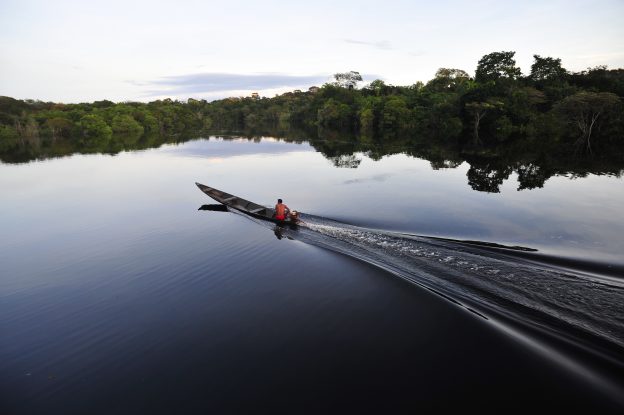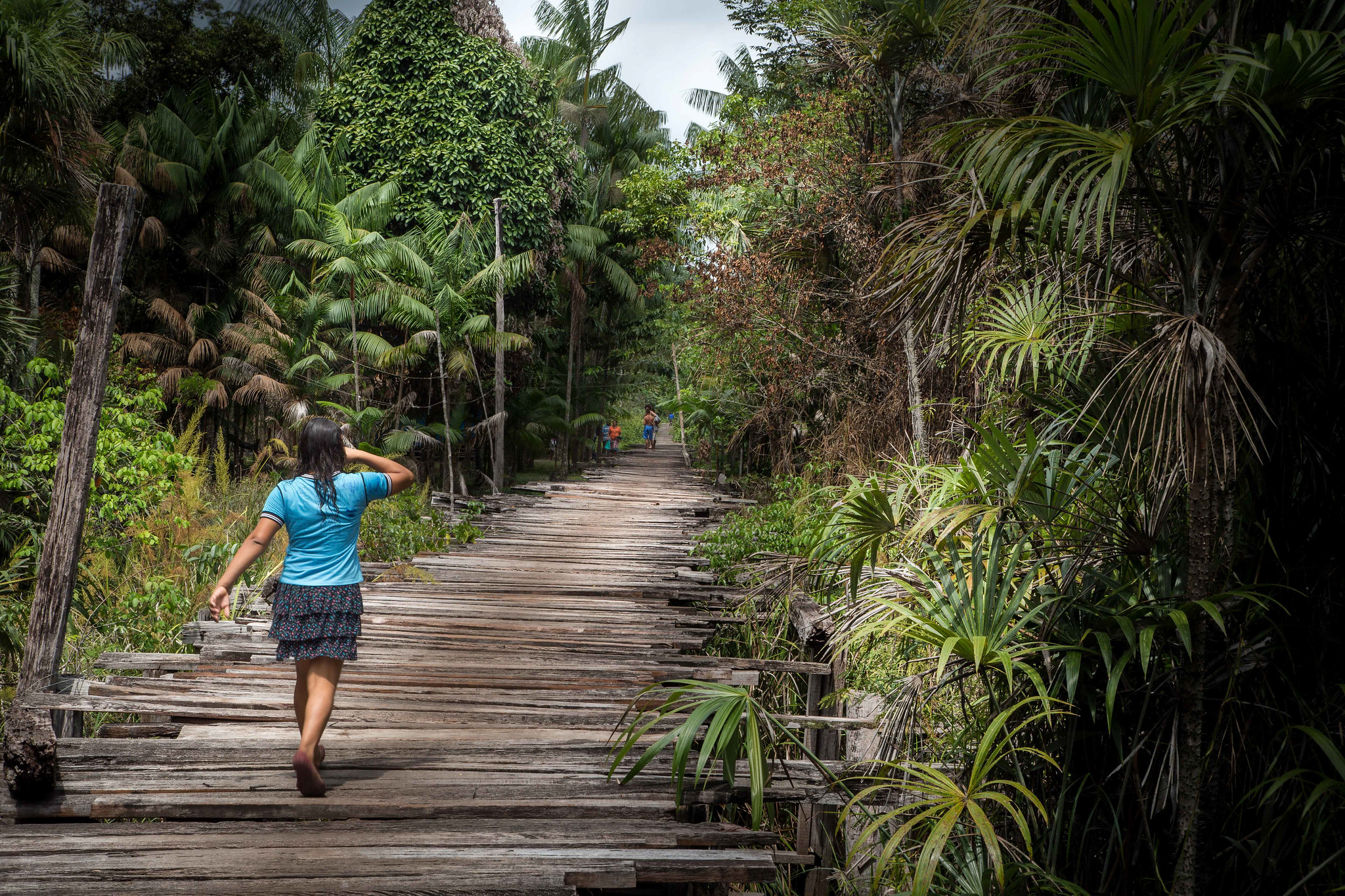Policies that seem sound on paper often falter in practice, as shown by ongoing efforts to regulate wild meatmarkets across Central Africa for public health and environmental conservation.
As Cameroon works to implement its new wildlife and forestry law, and the Democratic Republic of the Congo (DRC) considers updating its own, understanding which measures are most effective ã and grounded in science ã is essential to making a real difference for people and nature.
So which interventions could most encourage informal market vendors ã a crucial yet often overlooked group ã to stop selling protected species?
Scientistsô from theô Center for International Forestry Research and World Agroforestry(CIFOR-ICRAF),ô the University of Oxford and partner organizations put fiveô policyô scenarios to the testô throughô interviews withô wild meatô tradersô in Yaoundûˋ, Cameroon, and Kinshasa, DRC. The goal: toô challengeô assumptions andô generateô evidence-based recommendationsô to informô future policies.ô
ãUnderstanding the perceptions and motivations of wild meat traders is key to designingô effective laws, policiesô and interventions,ã said lead author Eric Djomo Nana, affiliated with the University of Oxford andô Cameroonãsô Institute for Agricultural Research for Development (IRAD) in Yaoundûˋ. ãThereãs beenô a lot ofô focus on hunters and consumers. We wanted toô bringô more insights on traders, a pinch point in the supply chain.ãô
Three promisingô approachesô emerged. First,ô public campaignsô aimed atô raisingô awareness among consumers and reducingô demand for protected species, which are seen as a luxuryô delicacy among urban elites.ô Second,ô providing livelihood and enterprise training to vendors so theyô canô tap intoô alternative income streams. And third,ô ensuring more consistent enforcement of existing laws.
ãInterventions thatô wouldô increase the risk of involvement in an illegal activity or significantly reduce the level of profit made from selling bushmeat would lead to the greatest change inô behaviour,ãô the studyô notes.ô
Smoked bushmeat on display at the weekly market in Yangambi, DRC, where species such as monkeys and Gambian rats are commonly traded. Photo by Axel Fassio / CIFOR-ICRAF
Incentives andô deterrentsô
Globally, the billion-dollar wild meat trade leads to annual offtakes of an estimated 100 million animals from 6,000ô different species. Whileô the tradeô putsô pressure onô vulnerable species andô poses risksô of emerging infectious diseases, manyô still viewô the consumption and sale of wild meatô asô a legitimate rightô rooted in cultural identity and subsistence.ô
As a result, law enforcement often tolerates the trade as part of the informal economy. Few traders hold permits to sell non-endangered species, and hunting permits are only valid for six months each year in both Cameroon and DRC ã yet wild meat is sold year-round.
Researchers presented five scenarios and assessed vendorsã responses through four indicators: fairness, willingness to stop selling protected species, likelihood of switching activities, and effects on profit compared with business as usual.
One surprising finding wasô thatô authorizingô theô tradeô ofô resilient,ô fast-reproducingô speciesô likeô rodentsô withoutô a saleô permitô wouldô notô deter traders fromô sellingô meatô fromô protectedô wildô animals.ô Many respondents said officials already overlook such sales.
“This suggests decision-makers should treat this option, as it may simply perpetuate the status quo unless accompanied by stronger enforcement against protected species,” the study cautioned.
Conversely, trade in endangered species would likely decline if law enforcement officers and civil society groups jointly staffed permanent checkpoints along rural-to-urban roads in Cameroon and river ports in DRC. Such collaboration could reduce bribery and improve compliance.
A wild meat transaction at the Moutuka Nunene market in Lukolela, DRC. Photo by Ollivier Girard / CIFOR-ICRAF
Local realitiesô
In past attempts to direct Congolese vendors toward other activities, wild meat counters were often taken over by relatives. Selling wild meat is commonly a family business, passed on with pride from one generation of women to the next.
While vendors expressed interest in training in activities of their choice, researchers stressed that interventions should not aim to exclude them entirely from the sector. Instead, traders should be offered legal and reliable ways to earn income during the off-season, helping them comply with the law.
ãWe need informal vendors to be recognized. We need traceability from forest to market to minimize the trade in endangered species and animals from protected areas. And we need serious law enforcement,ã said Nana.
Awareness-raising campaigns can also be powerful if they reduce demand through culturally sensitive messaging that supports sustainable consumption, rather than insisting on replacing wild meat with other proteins, which may be seen as an external imposition.
Nana sees the most promise in introducing environmental curricula in schools and working with local religious leaders, who strongly influence community behaviour.
Asô forô domesticô meat,ô theô studyô pointsô out thatô theô riseô inô pricesô ofô productsô likeô chickenô andô porkô couldô compromiseô theirô role as aô supplementô toô wildô meatô consumptionô ãanô issueô thatô warrantsô furtherô research,ô togetherô withô theô combinedô effectô ofô theô variousô scenarios.ô
Forô theô timeô being,ô researchersô areô focusedô onô bringingô theirô findingsô toô theô attentionô ofô policy-makersô workingô onô nationalô wildô meatô strategiesô andô lawsô in Centralô Africaô ãmoreô scienceô forô moreô effective andô fairerô solutions.ô










